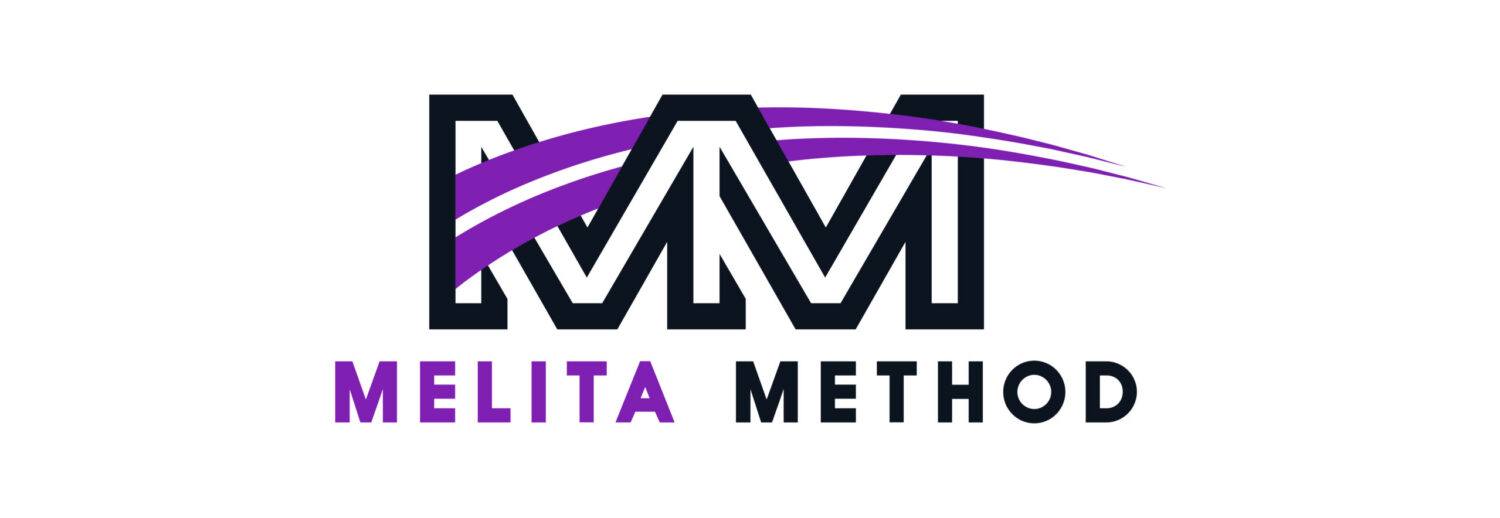Day 1: Lower Body
9am-10am – Anatomy and windlass review
10am-11am – Hammer toes / plantar fasciitis / turf toe
11am-12pm – Sprained ankle / Achilles tendinitis and tendinosis
12pm-1pm – Meniscus / shin splints / runners knee / jumpers knee / Bakers Cyst / ACL MCL LCL injuries
1pm-2pm – Lunch
2pm-3pm – Anatomy review
3pm-4pm – Lower crossed / q angle / pelvic ligaments / labrum issues
4pm-5pm – Piriformis syndrome / groin injuries
5pm-6pm – Lumbar disk bulge or herniation / rectus diastasis / hernias
